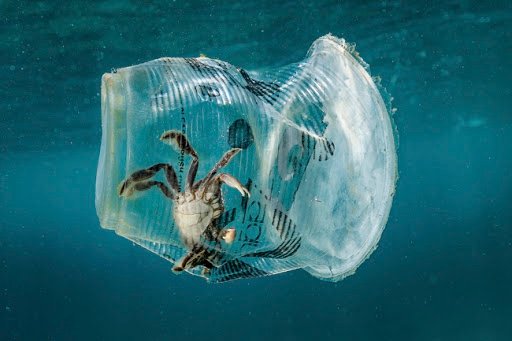Uncategorized
8 facts about plastic
Most plastics are not biodegradable and cannot be naturally degraded
This means that when plastic ends up in a landfill, small organisms, e.g. insects or bacteria cannot destroy them by consumption. Instead, the plastic simply breaks down and gradually breaks down into smaller and smaller particles – known as microplastics. The decay process takes up to 200 years. However, microplastic particles will still remain on the planet forever.
- We have produced more plastic in the last 10 years than in the entire last century, and 50 percent of the plastic we use is disposable and immediately thrown away.
- Eight million tons of plastic enter the ocean every year. This equates to five plastic garbage bags located on every 0.3 m of shore around the world.
- 40 percent of the plastic produced is packaging (161 million tons) that is used only once and then discarded.
U.S. shoppers consume one plastic bag daily. In Denmark, meanwhile, one buyer consumes four plastic bags a year.
- Half of the world’s plastics are produced in Asia (most – 29% – are produced in China, where 18% of the world’s population lives).
- Most plastic is recycled in Europe – 30 percent. In China- 25 percent. The U.S. recycles only 9 percent of plastic waste.
- Nearly a million bottles of plastic beverages are sold every minute worldwide. In 2015, Americans purchased about 346 bottles per person – a total of 111 billion bottles of plastic beverages.
- Continuously worn synthetic fabrics emit fiber particles into the environment. One study found that a gram of synthetic clothing releases 400 microplastic fibers every 20 minutes of use, which can amount to up to a billion fibers per year (about 1 kg of fiber).
- The highest place in the world where microplastic was found – the Himalayan mountains, at an altitude of about 8450 meters.
Everest’s microplastics consist mainly of polyester, followed by acrylic, nylon and polypropylene, materials commonly used in outdoor equipment. Plastics were also in higher concentrations everywhere people mostly camped. So while disposable plastics have recently been banned throughout the Khumbu Valley, and the climbing community has made progress in collecting debris from the slopes of Everest, microplastics are likely to continue to accumulate there.
We can reduce these numbers by changing one or several daily routine habits
And maybe in 10 years, we’ll be writing articles about how sales of drinks in plastic bottles have dropped since people started using reusable bottles? That the production of plastic bags is getting lower and lower as shoppers carry their reusable mesh bags for fruits and vegetables and shopping totes to the stores? And enjoy natural wool, cotton or linen clothes…
Lets change the habits together.
Resource: www.nationalgeographic.com
